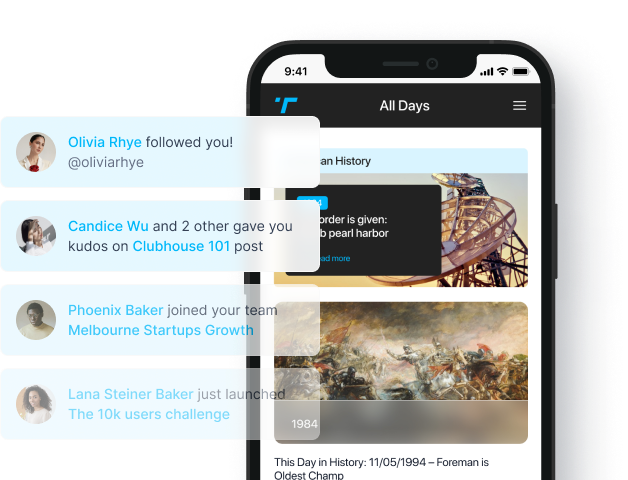Flashback to April 29
American History

On April 25, 1938, history was made with the first use of a seeing eye dog. This monumental event marked a significant milestone in the field of assistance animals and opened up a world of opportunities for those with visual impairments. In this article, we will delve deeper into the story behind the first seeing eye dog and explore its impact on society.
The seeing eye dog, a guide dog trained to assist visually impaired individuals, can be traced back to a remarkable collaboration between Dorothy Harrison Eustis and Morris Frank. Eustis, an American dog trainer living in Switzerland at the time, wrote an article describing the successful training methods she had developed for guide dogs. This article caught the attention of Morris Frank, a young man from Nashville, Tennessee, who had been blinded in a car accident.
Impressed by Eustis’ work, Frank contacted her and expressed his desire to have a guide dog. In response, Eustis invited Frank to Switzerland to personally train with a guide dog. Together, they worked on training Frank’s very own guide dog, a female German Shepherd named Buddy.
After several months of training, Frank and Buddy returned to the United States, making history as the first blind person and seeing eye dog team on American soil. Their arrival in New York City garnered significant media attention, with newspapers and radio stations buzzing about this groundbreaking achievement.
The impact of this first use of a seeing eye dog was tremendous. It showcased the immense potential of guide dogs in empowering individuals with visual impairments to live more independent lives. Prior to this event, blind people relied on canes or the assistance of others to navigate the world. The introduction of guide dogs provided a level of freedom and mobility that was previously unimaginable.
The successful partnership between Frank and Buddy inspired many others to seek out guide dogs as well. The demand for trained assistance animals grew, leading to the establishment of organizations dedicated to breeding, training, and matching guide dogs with visually impaired individuals. The Seeing Eye, founded by Eustis in 1929, stands as the oldest guide dog school in the United States and continues to be a leading institution in the field.
Over the years, advancements in the training and handling of guide dogs have further improved their effectiveness. Today, guide dogs undergo extensive training to master various commands and skills, including guiding their handlers through complex environments, avoiding obstacles, and safely crossing streets. They are trained to be alert, intelligent, and adaptable companions, providing not just physical guidance but also emotional support to their handlers.
The impact of the first use of a seeing eye dog extends far beyond the individual partnership between Frank and Buddy. It set into motion a chain of events that revolutionized the lives of visually impaired individuals globally. Today, guide dogs are widely recognized and celebrated for their invaluable contributions to society.
the first use of a seeing eye dog on April 25, 1938, marked a significant milestone in the history of assistance animals. Dorothy Harrison Eustis, Morris Frank, and Buddy, the first seeing eye dog, paved the way for countless visually impaired individuals to lead more independent lives. This event sparked a movement that led to the establishment of organizations dedicated to training and matching guide dogs, resulting in enhanced mobility, freedom, and companionship for those with visual impairments. The legacy of the first seeing eye dog continues to inspire and transform lives to this day.
We strive for accuracy. If you see something that doesn't look right, click here to contact us!
Sponsored Content

1992: Los Angeles riots…
The 1992 Los Angeles…

First military nuclear power…
On April 29, 1957,…

Commonwealth of Christ (Coxey’s…
On April 29, 1894,…

The last Oldsmobile car…
On April 29, 2004,…

